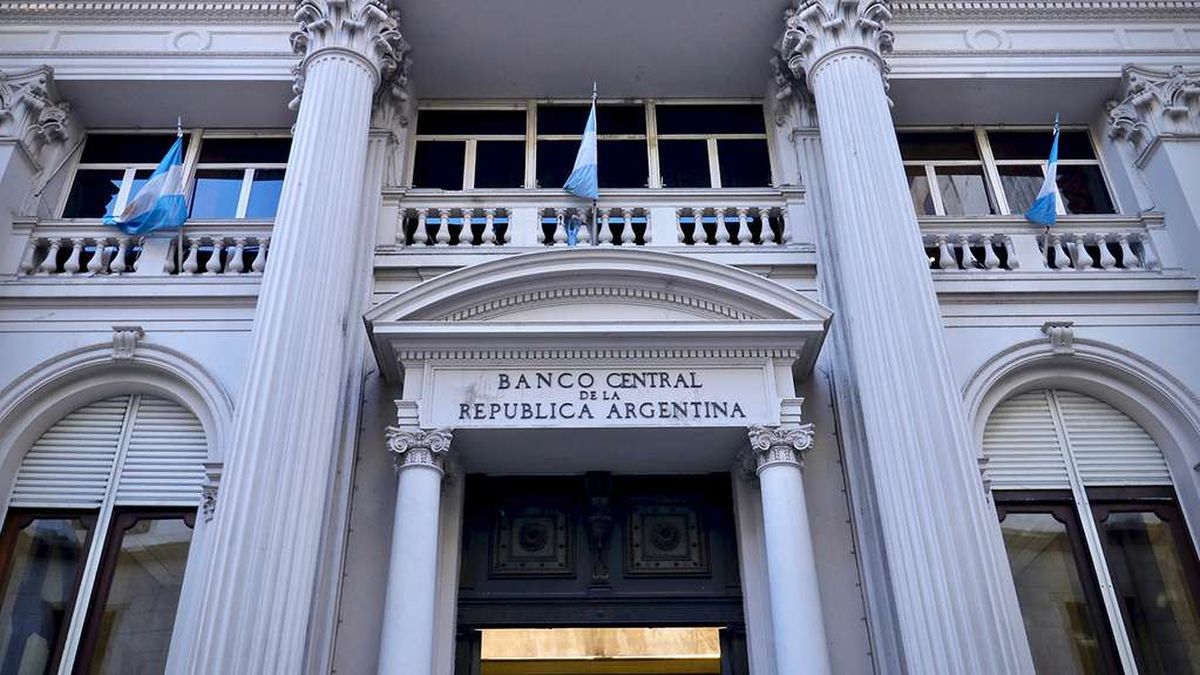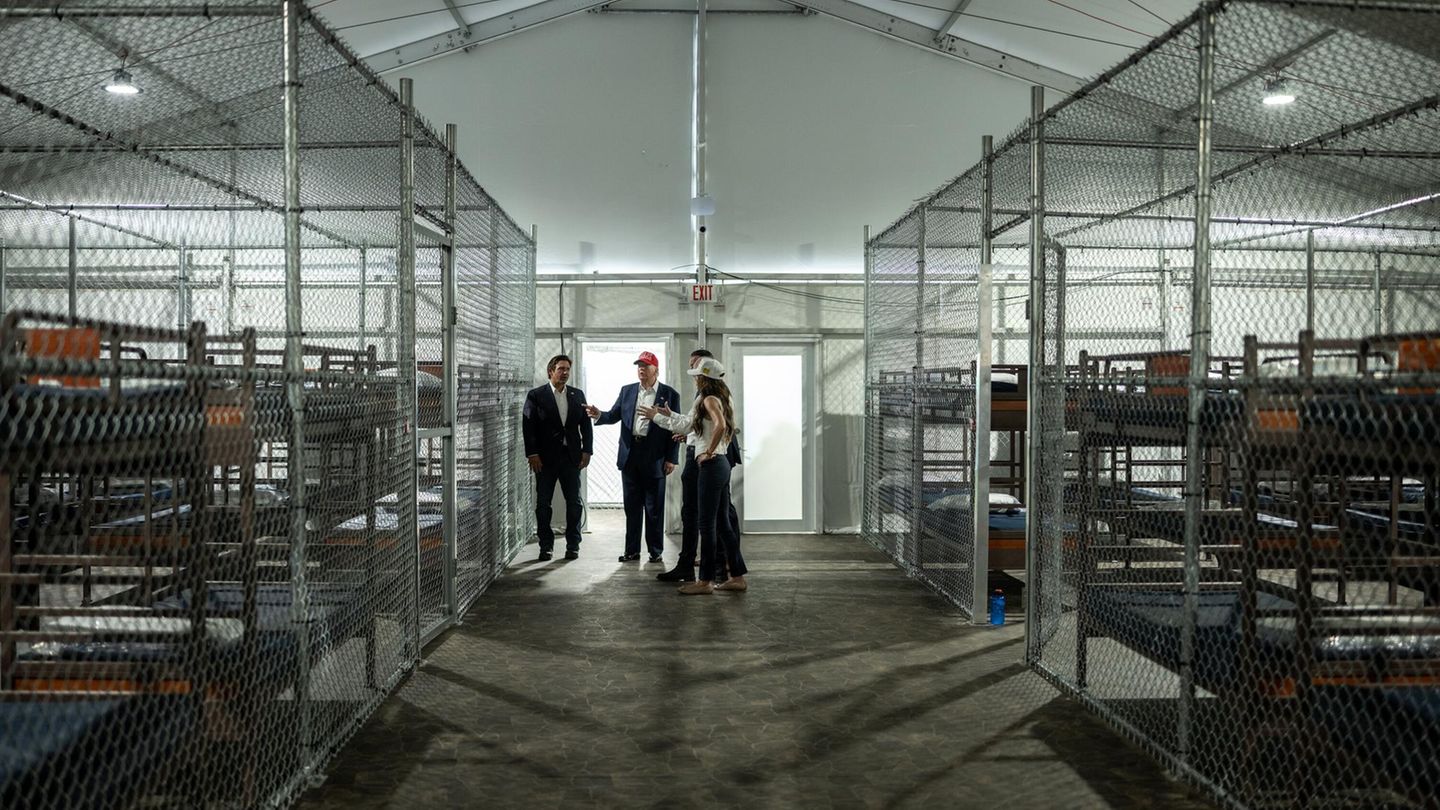This is the cost that financial institutions pay to request liquidity from the BCRA for operations with a one-day or seven-day term. For now, the monetary policy rate remains at 40%.
The Central Bank On Thursday, the bank reduced the interest rate on active repos to one and seven days term, which represents the cost that the users have to pay banks to ask the monetary authority for liquidity. According to the statement, BCRAthe rate of this instrument fell 3 percentage points to 45%In this way, credit becomes cheaper for financial institutions.
The content you want to access is exclusive for subscribers.
As of Wednesday, the active transfer rate stood at 48%the level it had maintained since July 18. At that time, the BCRA had made a strong reduction (from the previous 60%), in line with the launch of the new monetary framework that cut off the main channels of monetary emission that remained open (the payment of interest on remunerated liabilities and the purchase of reserves). The decision was Facilitate banks’ access to liquidity when required to meet the demand of their customers.


Now, the monetary authority is moving forward with a new 3 percentage point cut, which will lower the cost for financial institutions to borrow money from the BCRA. The other channel of daily access to liquidity that they have open is the sale (total or partial) of their holdings of Fiscal Liquidity Letters (LEFI), the instrument issued by the Treasury to replace the passive repurchase agreements that the Central Bank manages through daily operations with banks.
The LEFI accrue a daily interest rate determined by the monetary policy ratewhich since May 14 is located in the 40% nominal annual. For the moment, The decision of the entity chaired by Santiago Bausili is not to modify it.
The reasons for the decrease in the active repo rate, according to the BCRA
A high source of the BCRA He indicated, in dialogue with Scopethat the decision to reduce the cost of access to liquidity for banks was taken “with the the objective of ensuring that the relationship between the LEFI rate and the active repo rate works well, and its alignment with the LECAP curve“, the fixed-rate capitalizable bills issued by the Treasury in the regular tenders of the Ministry of Finance.
In this regard, he explained that “the LECAP curve has tightened in recent weeks, and this rate (that of active repos) should be in line with that curve as an alternative liquidity for banks.”
Another source consulted indicated that the liquidity context in the system as the LEFI stock is reduced “warrants that the extremes of the rate corridor (LEFI and Active Passes) are more limited and allow both alternatives to operate with liquidity.” It happens that Financial institutions have already dismantled 34% of their original holdings of LEFI between July 22 (the day of its launch) and September 3 (the latest data available), when it was reduced to $7.16 billion.
At the BCRA, they linked this dynamic to the recovery of the credit to the private sector They pointed out that, for this reason, it was necessary to provide banks with “greater flexibility in the management of their portfolios.” Beyond the increase in bank loans in recent months, it is also true that a portion of the dismantling of LEFI coincided with the net financing obtained by the Ministry of the Economy in the LECAP tenders.
However, official sources assured that “banks have started using the active repayment window and it should not be seen as something that presents disincentives to its use.”
Source: Ambito




